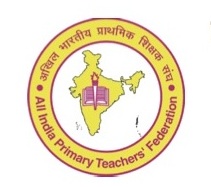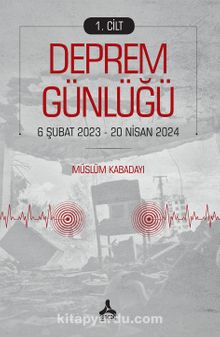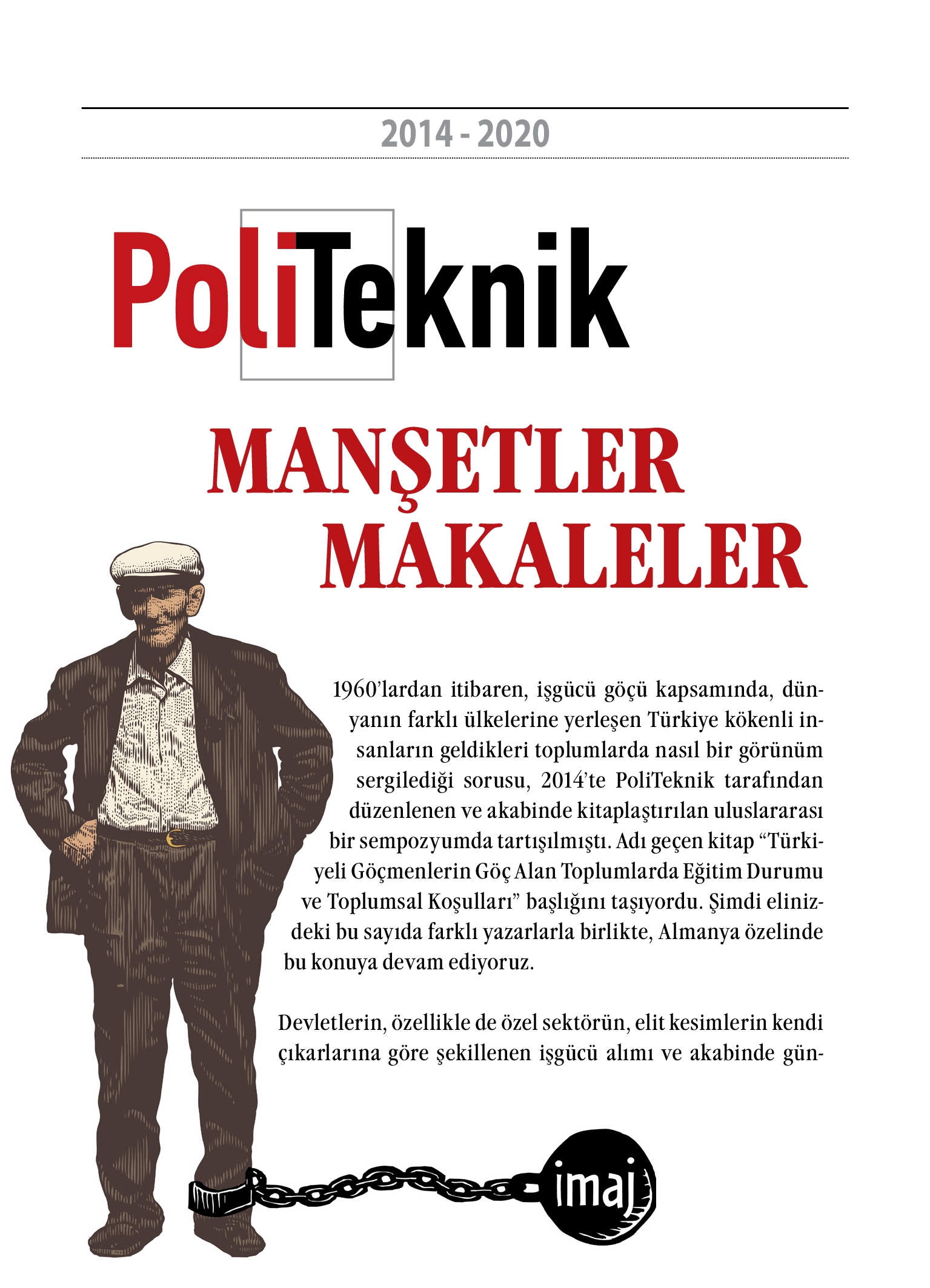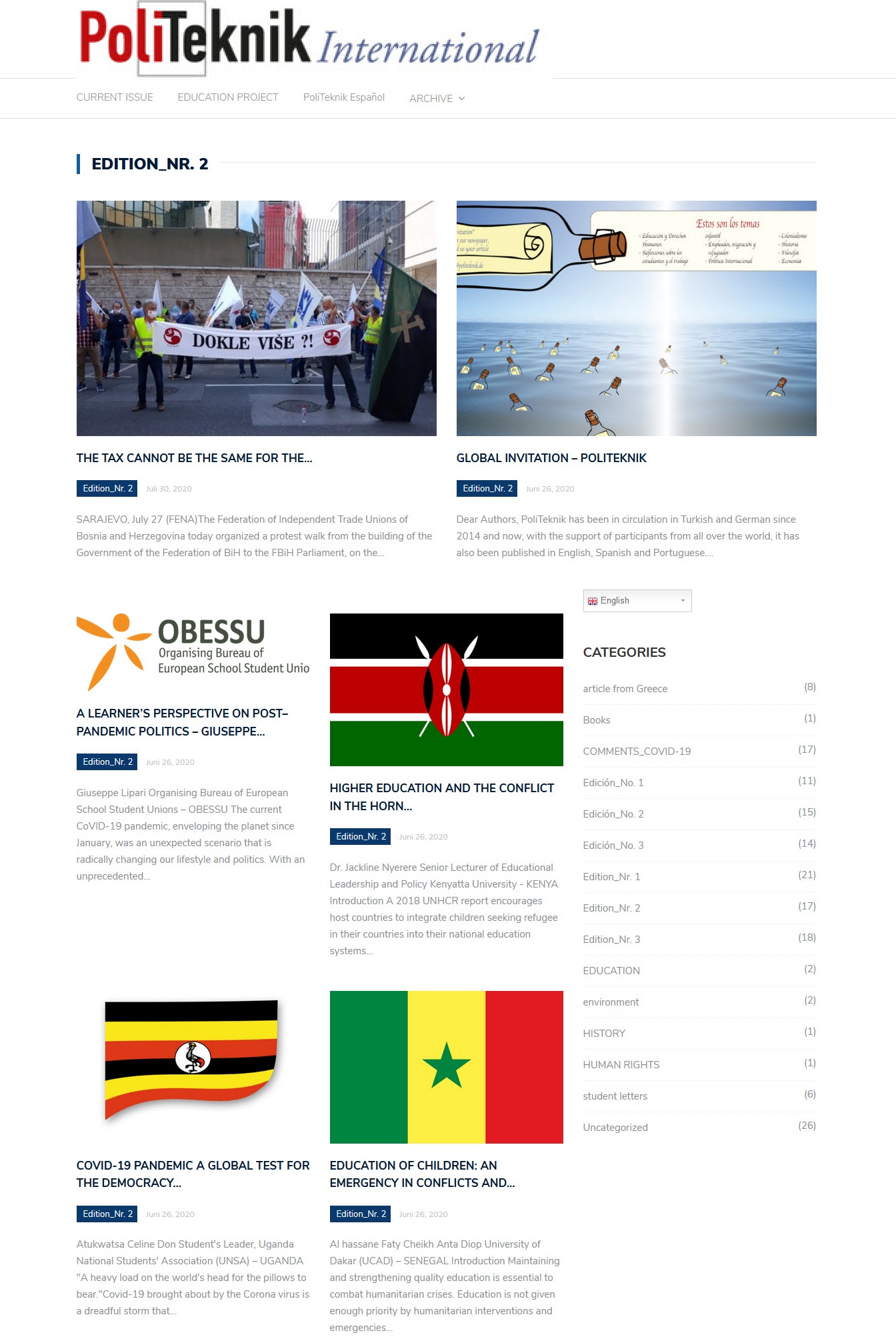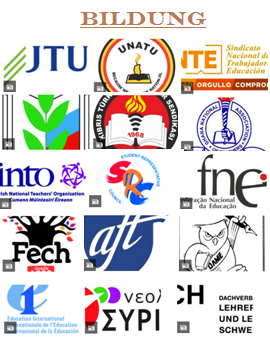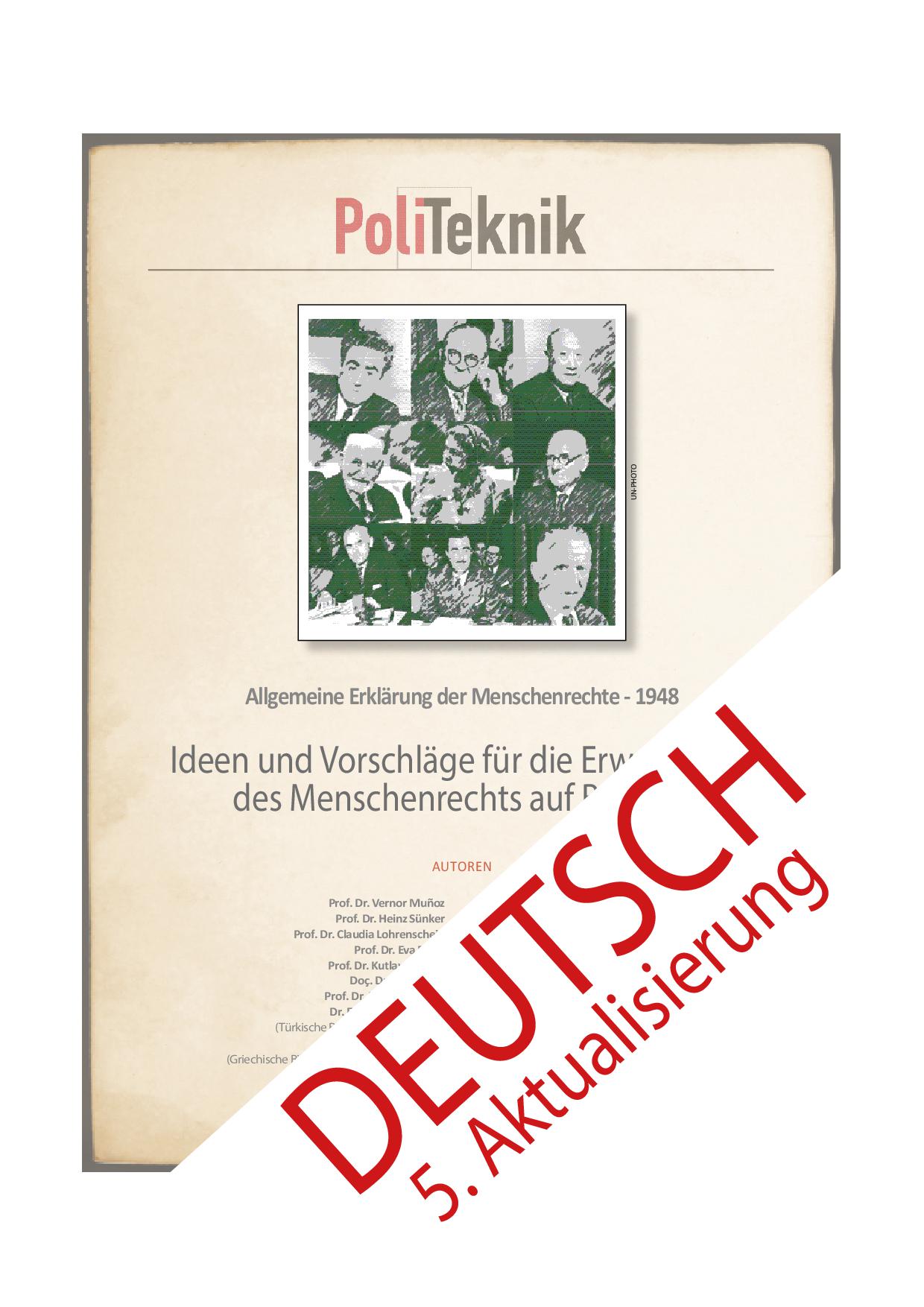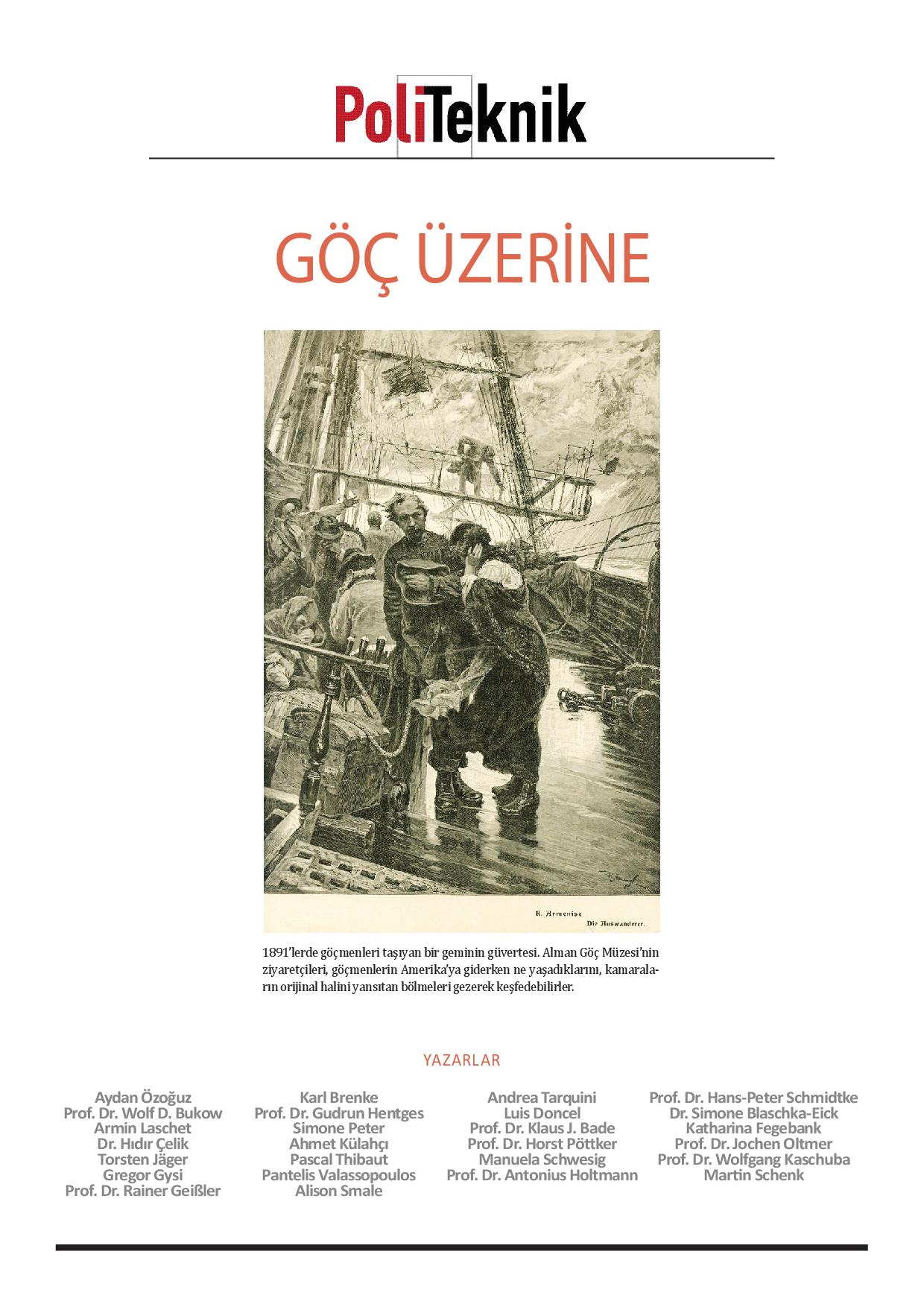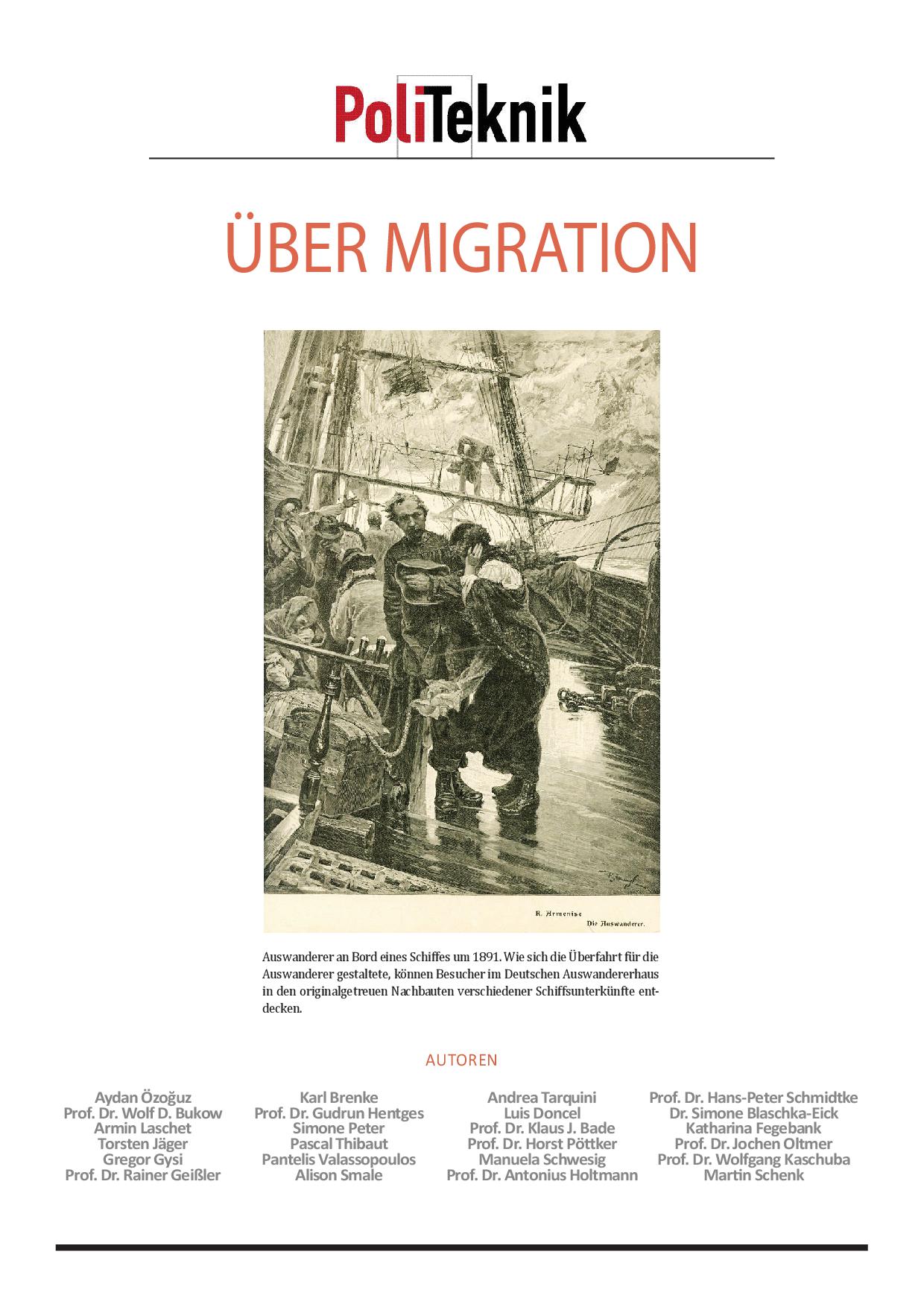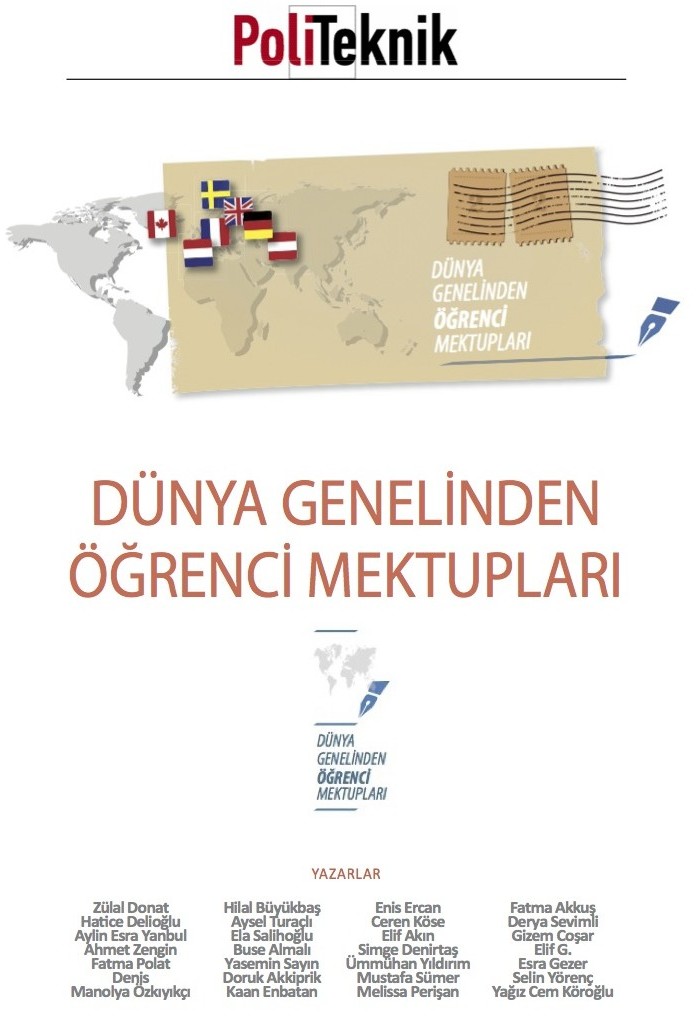

Over the period, three has been quantitative expansion of education. The number of primary and upper primary schools in the country has increased manifold. Barring a few very remote and inaccessible areas, there is a primary and upper primary school within a radius of one km and three kilometres respectively from the residence of a child. As such access to education has increased substantially. As a result, net enrolment ratio in class-I has reached 90 per cent. Eighty per cent of those who seek admission class-I complete primary education and the remaining 20% dropout on the way. Of those who complete primary education, some of them hardly acquire requisite knowledge and skills.
UNESCO Global Monitoring Report 2012-13 highlights that in India, even after completing four years of school, 90% of children from poorer households remain illiterate. And this also holds true for around 30% of kids from poorer homes despite five to six years of schooling. Besides, the report highlights that the despite phenomenal progress in increasing access, most EFA goals are likely to be missed by 2015.
What is Quality of Education?
Quality of education is difficult to define. It is open to change. Further meaning of quality is different in different contexts and from time to time. The question arises to what are the indicators of quality of education. The National University of Educational Planning and Administration has designed Education Development Index. It highlights there are 21 indicators of quality. Of these, five relate to access, four to infrastructure facilities, five about teachers and the remaining nine are outcomes related. Most of the educational thinkers express that quality in educational programmes is best reflected in the learning achievement of students. An eminent scholar expresses that since in education shaping of the personality of an individual takes place, the quality of education should be determined by the kind of human it produces.
The increasing presence of private schools in the country has affected the concept of quality. Presently the main indicator in judging the quality is students’ performance in the public examinations. The performance in examinations has become the most crucial indicator for the parents. The obvious reason for this is admission to institutions of higher learning say engineering, medical colleges, etc. depends on that. In the present day competitive Indian society, the idea of excellence rather than general excellence has become dominant. Consequently, in assessing government schools as well, learning achievement of students has become the only indicator. Further the transition from traditionalism to industrialism, the criterion of achievement has superseded other criteria.
However, aim of education is all round development of a human being. This means education should shape an individual who besides acquiring requisite knowledge and skills, internalises human and social values cherished by the Indian society. But in the present times, this aim of education is not being pursued.
Factors Contributing to Quality of Education
Conducive learning environment in government run schools is highly essential for effective learning to take place. All of you know that presently Government schools particularly primary and upper primary schools are ailing from inadequate infrastructure, shortage of teaching workforce, non-availability of electricity connection, etc. Schools in Dalit basties are even more deficient in terms of facilities for the more vulnerable groups. Further, there is lack of equity. The weaker is the group, the more neglected is its education. Unfortunately the present system rather removing inequalities is further increasing the gap between education of children belonging to rich families and education of children from the disadvantaged groups of society.
Quality Teachers
The second most important factor contributing to quality education is quality of teachers. Presently teachers being turned out by the colleges of education both at the elementary and secondary level particularly in the private sector are turning out ill-equipped teachers. Further there are more than half a million para-teachers in the system. Of these, more than 50% are professionally untrained. The situation is eroding the quality of education in the country.
Pre-service and In-service Teacher Education Curriculum
Pre-service education curriculum is hardly suitable for preparing teachers who are preparing students for 21st Century. No training is provided to them develop requisite thinking skills in their students which is highly essential for a 21st Century citizen. Similarly in-service education of teachers is not need based. Hardly any empirical study is conducted to assess the needs of teachers in teaching at different levels and in different contexts – rural, tribal and extreme remote areas. Both these curricula need to be overhauled to render them to suit the present day needs of students as well as society.
School Curricula at Different Levels
The NCERT developed national curriculum framework in 2005. Over the years there has been explosion of knowledge both in the physical and the social sciences. The curriculum also needs overhauling to prepare students suitable for 21st Century. Therefore, there should be paradigm shift in the objectives of education. Instead of teaching content and testing it, the emphasis needs to be laid on developing thinking skills among pupils.
This is a platform of joint forum of all the three teachers’ organisations – AIPTF, AIFTO and AISTF. We all of us must make untiring endeavours to improve the quality of education by pressuring the government to strengthen infrastructure teaching workforce, pre-service and in-service teacher education. We should also urge our members to adhere to Code of Professional Ethics and teach their students with a sense of dedication and commitment. Teaching is a profession which needs head and heart. So teachers should use both of them in their teaching learning process.

